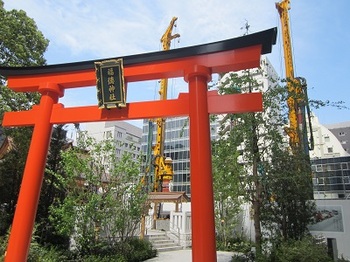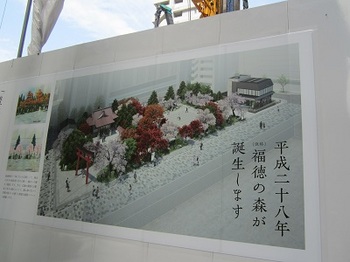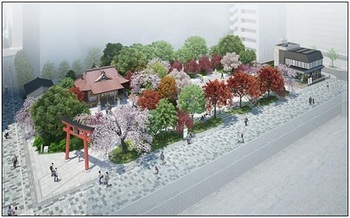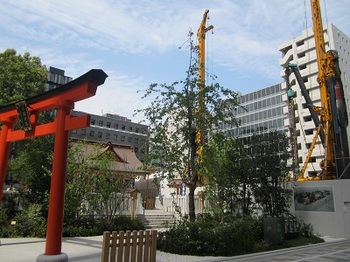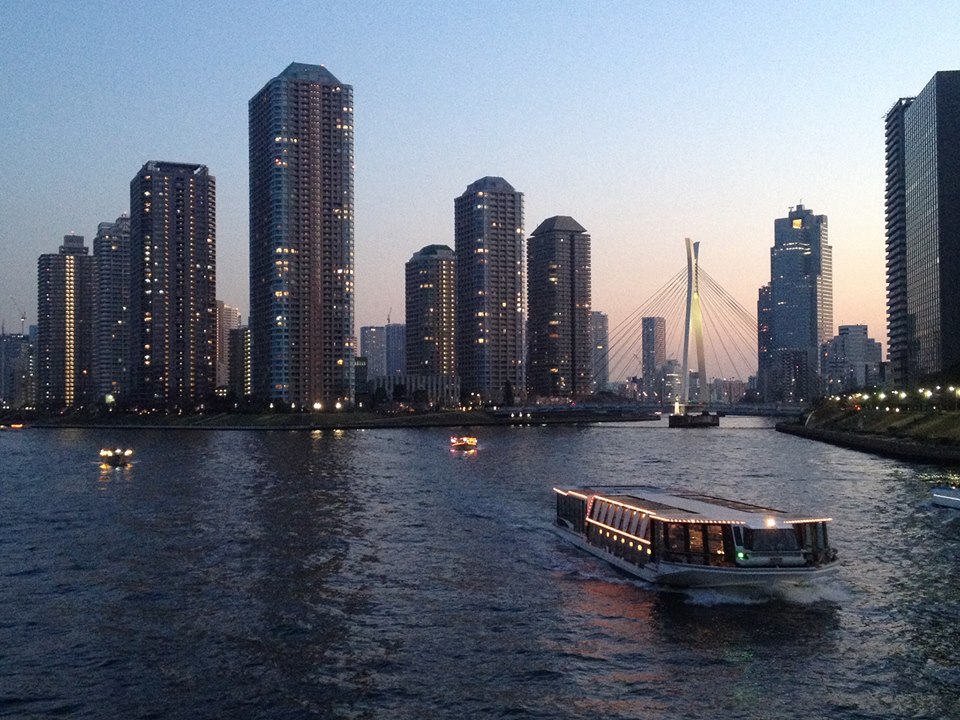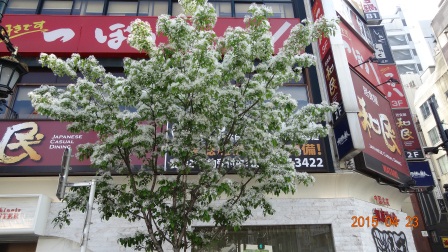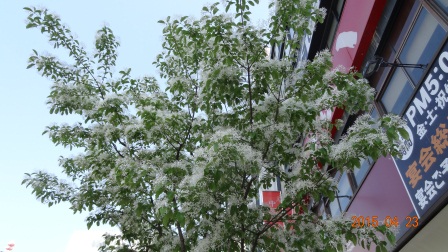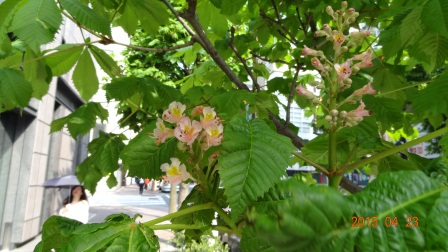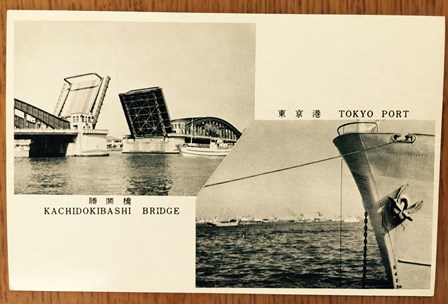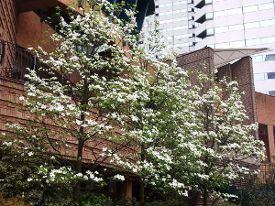More than 1300 years ago, Kanda Myojin was founded around Otemachi.
It has been 400 years since I was transferred to Sotokanda in 1616 as the guardian of Omote unlucky direction.
Kanda festival in Tokyo has become an indispensable part of the downtown community as an annual event.
This year marks the 400th anniversary of Ieyasu's death, and together with NHK Taiga drama series, you can feel familiar with Edo.
Kanda Myojin
Reproduction of Edo period festival @ Museum special exhibition (until July 26)
Ukiyo-e of Kanda festival in Kanda Myojin
Because we are celebrating three gods (Daikoku-sama, Ebisu-sama, and Masakado-sama).
I think it's an All Mighty Japanese shrine, I came to visit last Saturday.
Daikoku-sama @ Kanda Myojin precinct
Ebisu's kumade Museum special exhibition
By the way, the Kanda Festival will be held from 5/7 to 5/15 after Golden Week.
On May 9th of the festival, one of the main events, the Shinko Festival.
Led by Ren Otori and portable shrine, there are about 500 floats in line with shrine parishioner's town, 108 from 8:00 am to 19:00 pm
(A distance of about 30 km from Kanda, Jimbocho, Otemachi, Nihonbashi, Akihabara, Ningyocho and Kanda).
*It's exciting to hear that it's a festival, but if you're busy, you might want to broadcast the Internet on May 10.
http://blog.goo.ne.jp/kanda_ch
This year, it seems that Tsunetaka Tokugawa, the 18th head of the Tokugawa sect, and Hiroshi Aramata, a famous Edokko naturalist, will also participate.
(Nihonbashi) Mikoshi of Muromachi 1-chome @Mitsukoshi New Building Entrance
Kanda Myojin URL http://www.kandamyoujin.or.jp/
